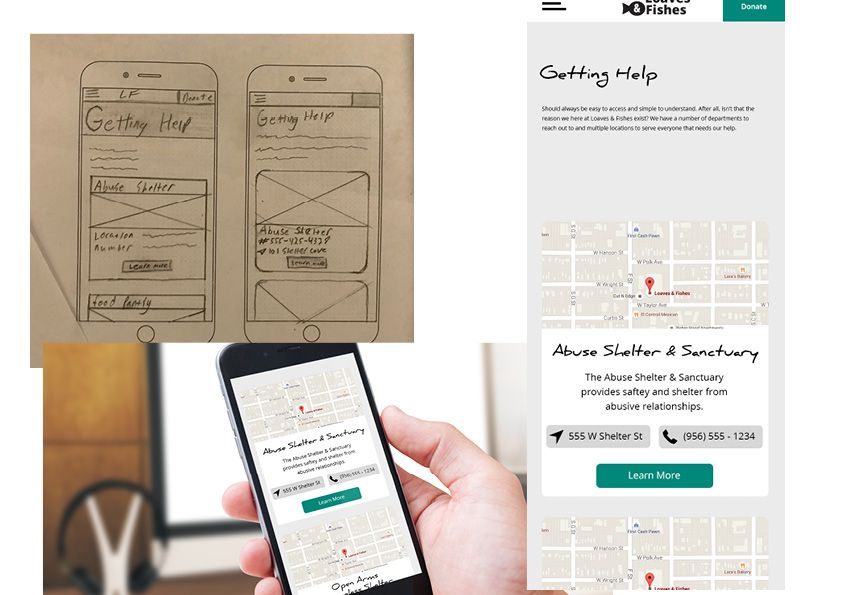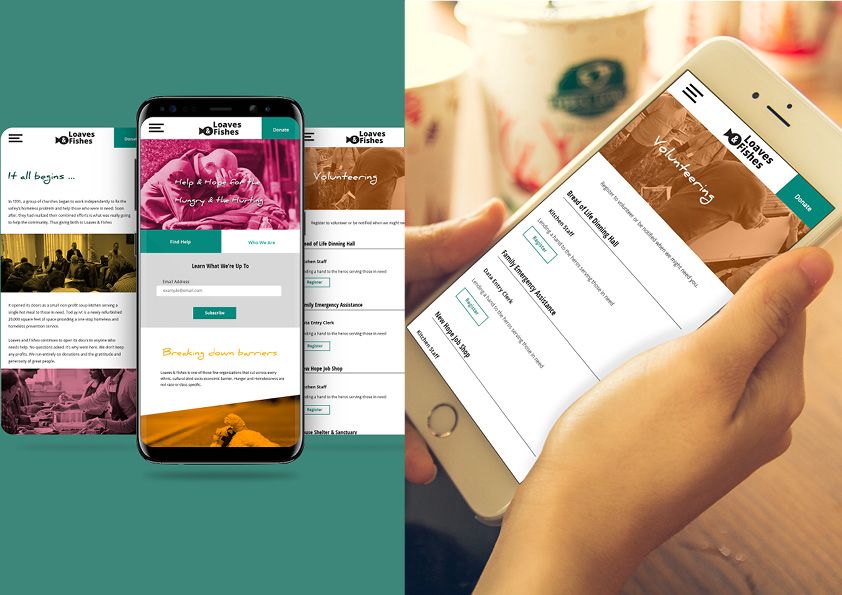Overview
Growing can sometimes take some getting used to; unfortunately, the organization had faced a large issue - some members of the community didn't understand they have help being offered directly to them. To better reach the people they serve, the organization need to re-align itself with who they are now after 27 years of growth.
Goals:
1.) Rebrand the organization to have a unique and identifiable identity.
2.) Restructure their online platform for clearer and easier access to their services.
Rebranding
The process began by understand what each branch of Loaves and Fishes stands for. Each department focused on specific efforts to better the community. Each branch working independently but depended on each other as a family to better serve the community they love.
What came from this challenge was an identity system that can instantly recognize a department as a small piece of something bigger.
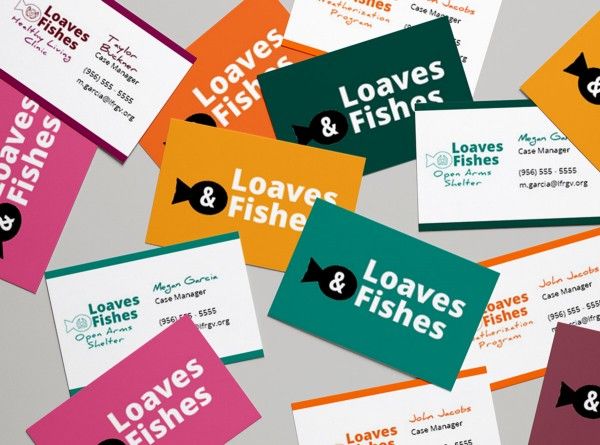
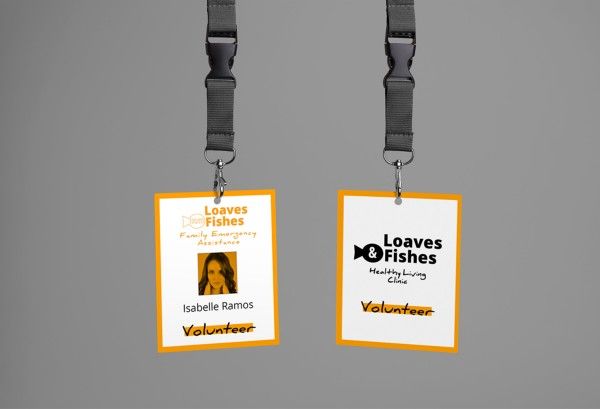

Web Presence
The next step in restructuring Loaves & Fishes was an overhaul of their website. When first confronted with what they already had, a quick feeling of 90s nostalgia flooded our senses. The website they had was built with outdated technology, had no dynamic information architecture, hard to find any resources from the organization and prevented users from viewing on mobile devices.

Conducting Research
In a survey of current volunteer staff and organization leaders, it was concluded who the types of people were that interacted with the organization. We also, of course, surveyed field workers to help determine the education and income levels, typical method of transportation, and current routes of getting treatment.
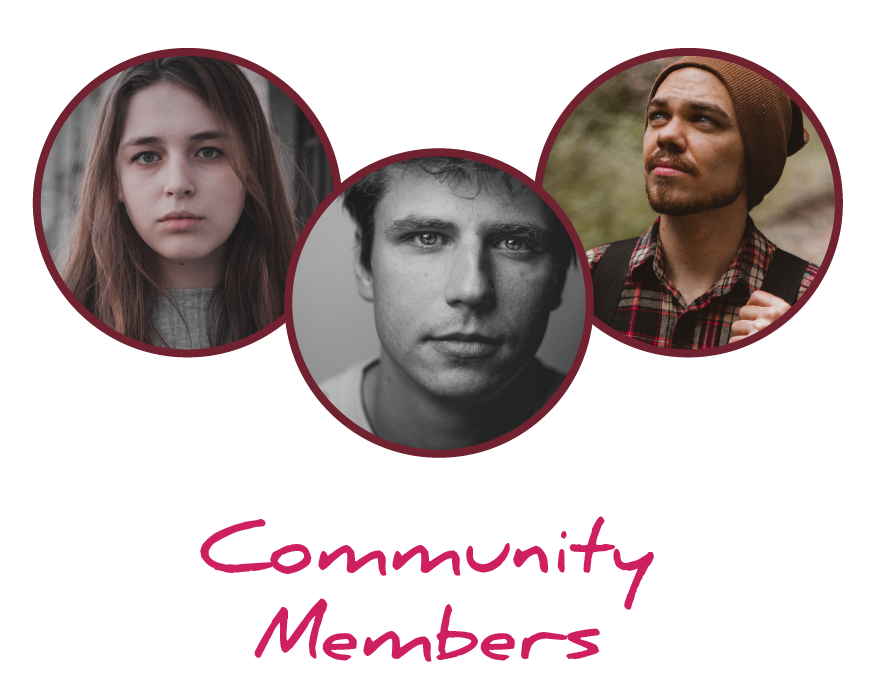
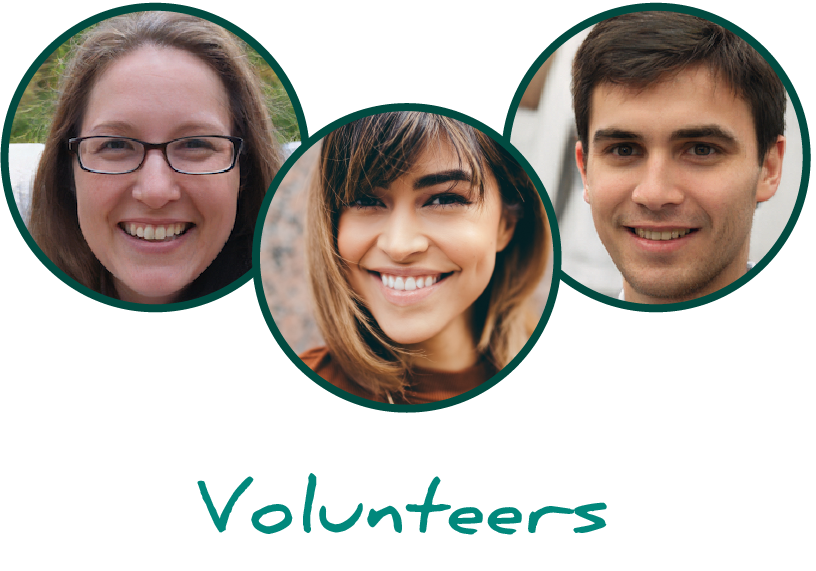
There were two groups of users when considering audience. One was volunteering community members. The Other group were the ones in need of help.
Goals:
1.) Create a clear path to get help from an appropriate department.
2.) Create a clear path to volunteer.
User Journeys
Mapping out the information architecture required understanding the processes users would have to go through. looking back at the research, there were two main goals to be served.
From the research gathered, we wrote up two user stories to follow. One story for each group of users. One story would follow Mark, a 35-year old family man looking for help getting caught up on some bills after a storm. The other story would map out Kim's journey of needing community service hours to graduate high school.
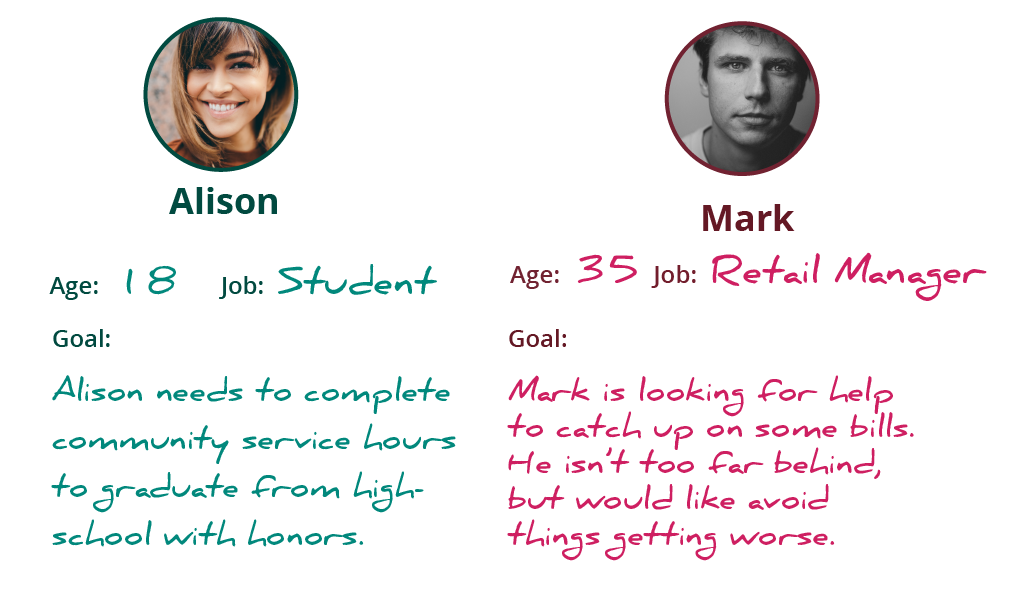
For the Information architecture, the hierarchy for the top level navigation is ordered by importance of principles to the organization.
- Offering Information (this was important in establishing trust)
- Getting Help
- Offering to volunteer
- The ability to donate if volunteering was too out of the way
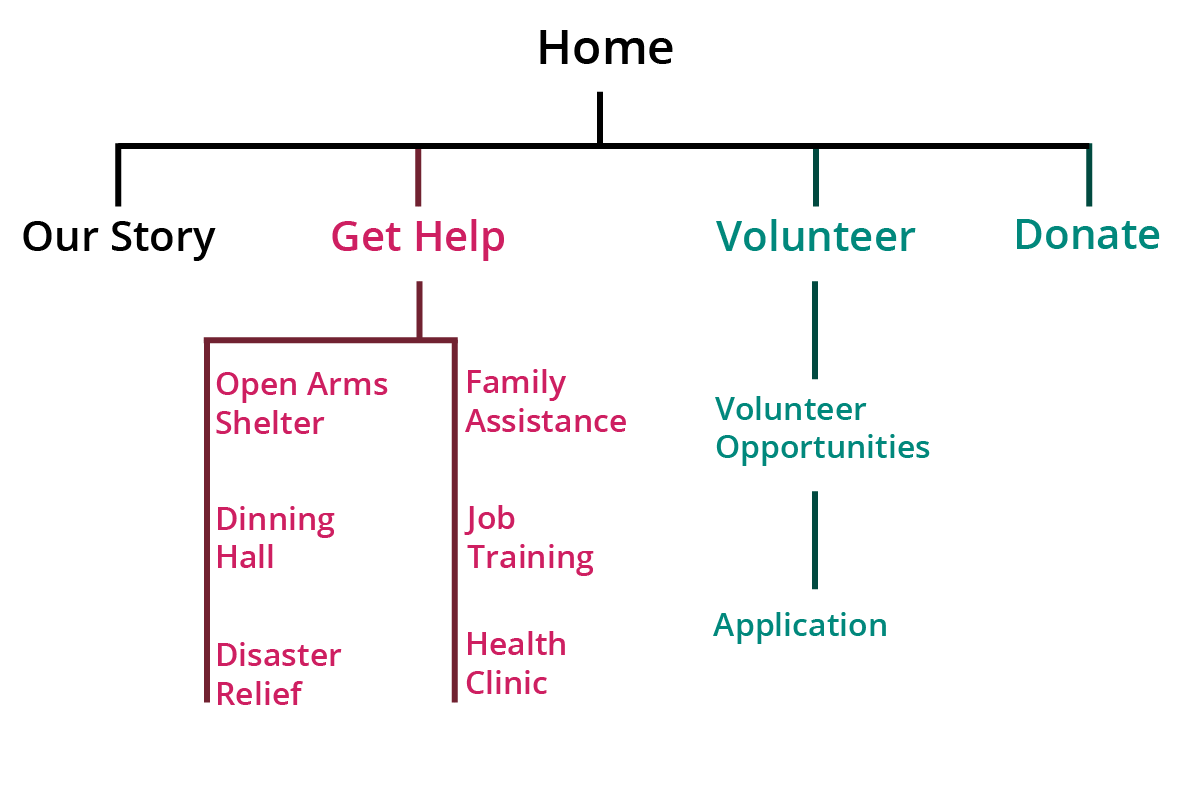
After the information architecture was set, a visualization of the User interface was next. Keeping in mind the need for mobile, easily digestible content, and a quick way to find help when needed.

